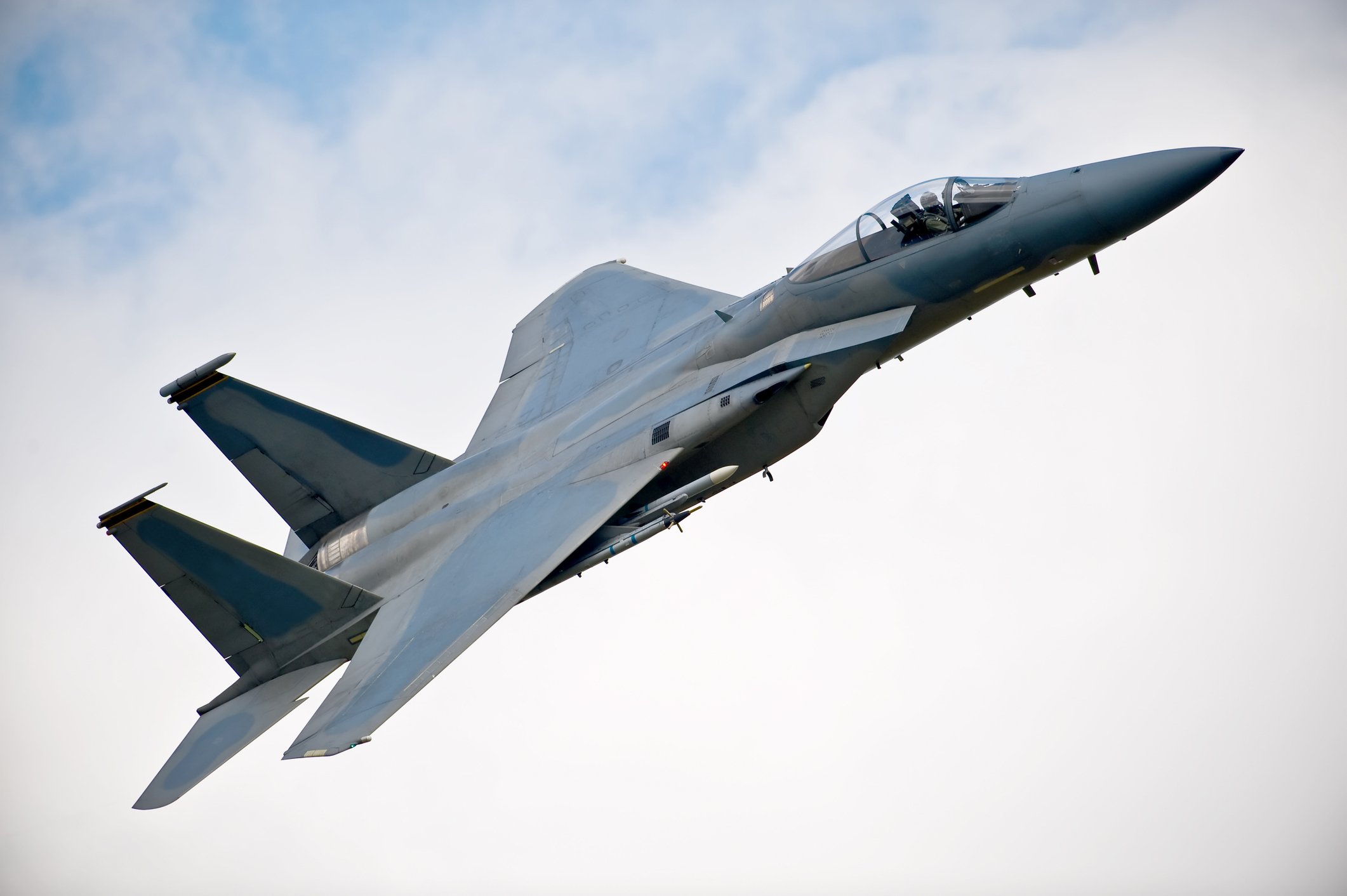Last weekend, Australian flag carrier Qantas (QUBSF +0.00%) began its long-awaited route between Perth and London, a 9,000-mile trek with a flying time of approximately 17 hours. (The same aircraft also offers continuing service to and from Melbourne.) This instantly became the second-longest airline route in the world, trailing only Qatar Airways' Doha-Auckland flight.
Qantas is operating the new Perth-London service with the 787-9 Dreamliner. This is the second Qantas mainline route to feature Boeing's (BA +3.15%) revolutionary jet. (Melbourne-Los Angeles -- a route that clocks in just shy of 8,000 miles -- was the first.) If the new route succeeds, it could open up the floodgates for a slew of additional Qantas aircraft orders.
Smooth start for an ambitious venture
The inaugural flight from Perth to London last weekend carried a large contingent of media and VIP guests but also plenty of ordinary travelers. Not surprisingly, some customers didn't enjoy sitting in economy for 17 hours.
However, there were plenty of positive reviews for the new flight as well -- even among economy passengers. Boeing designed the Dreamliner with higher cabin pressure and humidity to reduce jet lag. Additionally, Qantas was thoughtful about things like the cabin layout and meal service to improve customer comfort on its longest routes.

Qantas launched its longest route last weekend, using the Boeing 787-9. Image source: Qantas.
For travelers, the biggest benefit of the new Perth-London flight is the reduction in journey time. The nonstop flight shaves about four hours off the total travel time between Perth and London. (For travelers coming from the more populous east coast of Australia, the amount of time saved is marginal, though.)
Qantas CEO Alan Joyce claims that the new route is set to be profitable from day one, helped by all of the free publicity it has received. Barring any setbacks in the next few months, Qantas is likely to begin exercising some of its 45 Dreamliner options with Boeing, to expand its 787-9 fleet beyond the initial eight-plane firm order.
This is just the beginning
Qantas already has its sights set on other ultra-long-haul routes. Later this year, it will reduce the number of Melbourne-Los Angeles Dreamliner flights in order to open a new Melbourne-San Francisco route with the 787-9. (Qantas also flies an Airbus (EADSY 0.02%) A380 jumbo jet between Melbourne and Los Angeles every day.)
Meanwhile, Qantas plans to base its next batch of four 787-9s -- due in the second half of 2018 -- in Brisbane. Some of those aircraft will replace aging 747 jumbo jets on the carrier's Brisbane-Los Angeles-New York route. Qantas is also looking at nonstop service from Brisbane to Chicago, Dallas, or Seattle, according to Bloomberg. However, it would need additional aircraft if it ultimately wanted to fly all three of those routes.
Looking a little further ahead, if the Perth-London route lives up to expectations, Qantas may look to add nonstop flights from Perth to other European business centers, like Paris and Frankfurt. The 787-9 would also be suitable for these routes. And by 2022, Qantas hopes to inaugurate nonstop service from Sydney (and perhaps Brisbane and Melbourne) to New York and London.
A huge opportunity for Boeing -- and Airbus
The fuel efficiency and range of the latest generation of long-haul aircraft are making nonstop routes exceeding 8,000 miles more feasible than ever before. Qantas is set to be one of the biggest beneficiaries, as Australia's distance from many major global cities has limited the availability of nonstop flights up until now. This is also creating big sales opportunities for Boeing and Airbus.
While it's doubtful that Qantas will exercise all of its 45 Dreamliner options, Boeing will probably capture a substantial number of incremental orders, adding to the 787 family's recent momentum.

The 777-8 should have enough range to open routes that even the 787-9 can't handle. Image source: Boeing.
Additionally, both Airbus and Boeing are working to tweak their longest-range planes (the A350-900ULR and 777-8, respectively) to serve routes covering 10,000 miles or more. This is necessary to fly from the east coast of Australia to New York and Europe. It could also enable nonstop flights to Brazil.
Singapore Airlines will receive the first A350-900ULRs this year. It plans to use them for nonstop flights from Singapore to Los Angeles and New York. The latter route is roughly 9,500 miles. However, Singapore Airlines is configuring these planes in a premium-heavy setup with just 162 seats to reduce weight and boost range. Many other airlines are putting around 300 seats on their A350-900s.
By contrast, Qantas wants to fly somewhat further -- and wants to do so with a full complement of passengers. It's not clear whether Airbus will be able to tweak the A350-900ULR to meet these requirements in a cost-effective way.
Boeing's 777-8 appears somewhat more likely to meet Qantas' requirements. (That said, it's still in the design phase, so there hasn't been any real-world testing of Boeing's range claims.) That aircraft's larger sibling, the 777-9, would also be the ideal replacement for Qantas' 747 and A380 jumbo jet fleets. This gives Boeing the inside track to power the next phase of Qantas' growth plan, but Airbus is sure to compete hard as it tries to pull off the upset.








